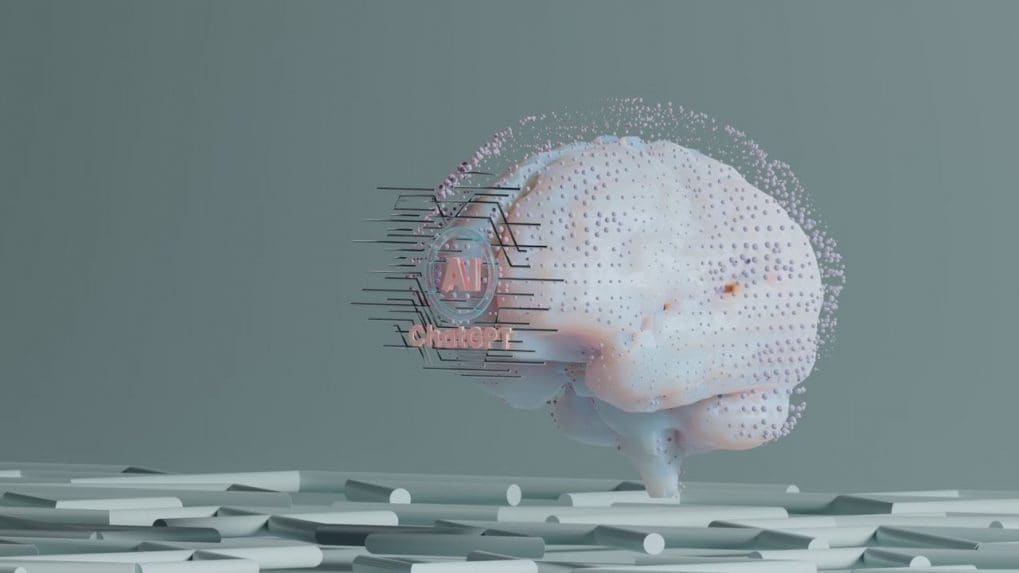Is your AI lying to you? The shocking truth behind "AI Hallucinations!"
Whether it's a chatbot like ChatGPT, an image generator like DALL-E, or even autonomous vehicles, researchers have found that these systems can hallucinate in various ways.
ADVERTISEMENT
Artificial intelligence (AI) is becoming an integral part of daily life, from the chatbots that answer our queries to the autonomous vehicles we trust on the road.
But there's a hidden risk lurking within these sophisticated systems: AI hallucinations. Much like when a person perceives something that isn’t actually there, AI hallucinations occur when a system generates information that seems plausible but is, in fact, inaccurate or misleading.
These hallucinations are not limited to just one form of AI; they’ve been found in large language models (like ChatGPT), image generators (such as Dall-E), and even autonomous vehicles. And while some AI mistakes may be minor, others can have life-altering consequences.
The thin line between creativity and risk
AI hallucinations happen when an algorithm fails to understand the information it's given. In the case of large language models, like the ones powering AI chatbots, hallucinations often manifest as seemingly credible but false information.
For instance, an AI chatbot might reference a scientific article that doesn’t exist or state a historical fact that’s outright wrong—yet present it with such confidence that it feels believable.
In a notable example, a 2023 court case revealed how a New York attorney had submitted a legal brief with the help of ChatGPT.
The AI, in this instance, had fabricated a legal case citation, leading to a potentially serious legal mishap. Without human oversight, such hallucinations could skew outcomes in courtrooms, affecting everything from legal judgments to public policy.
The unseen causes of AI Hallucinations
So, why does this happen? It comes down to how AI systems are designed. These systems are trained on vast amounts of data and use complex algorithms to detect patterns.
When they encounter unfamiliar scenarios or gaps in the data, they may “fill in” those gaps based on their training, leading to hallucinations.
For example, if an AI system is trained to identify dog breeds from thousands of images, it will learn to distinguish between a poodle and a golden retriever. But show it an image of a blueberry muffin, and it might mistakenly identify it as a chihuahua.
The issue arises when this pattern-matching behaviour is applied in situations requiring factual accuracy—such as legal, medical, or social services contexts—where a wrong answer can have real-world consequences.
When hallucinations turn dangerous
The stakes are higher in environments where AI plays a role in critical decision-making.
In healthcare, for instance, AI is used to assess a patient’s eligibility for insurance coverage or assist with diagnostic tools. Similarly, in legal and social services, AI-based systems help streamline casework or offer automated transcription services.
Hallucinations in these cases can lead to dangerous outcomes. A medical diagnosis could be skewed, or a court case could be influenced by erroneous AI-generated facts.
Moreover, in environments where noise or unclear data is present, like automatic speech recognition systems used in legal or clinical settings, hallucinations can result in the inclusion of irrelevant or incorrect information. Inaccurate transcriptions could mislead legal professionals, healthcare providers, and others who rely on precision.
Can we tame AI Hallucinations?
The rise of AI-powered systems offers incredible potential, but the risks associated with hallucinations cannot be ignored.
As AI tools become more prevalent, it’s crucial to address these issues head-on. High-quality training data, stricter guidelines, and improved system transparency are some solutions being proposed to curb AI errors.
However, as the technology continues to evolve, AI hallucinations are likely to persist—challenging us to ensure that we can trust the systems designed to help us.
Until these concerns are addressed, we must remain vigilant. AI hallucinations might just be the invisible threat hiding in plain sight.
Sources: PTI, University of Cambridge


